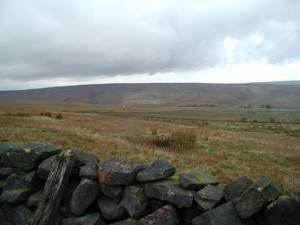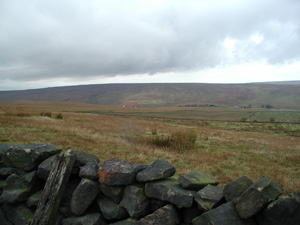 BASC has refuted a claim by Friends of the Earth that intensive grouse moor management can actively make flooding worse.
BASC has refuted a claim by Friends of the Earth that intensive grouse moor management can actively make flooding worse.
It was made in response to the publication of the NFU’s flooding manifesto.
BASC worked with the Moorland Association to produce a briefing note for MPs outlining how the effective management of grouse moors can help prevent flooding.
The three page briefing note counters claims that moors have been drained to produce more grouse, which in turn contributed to flooding in Northern England.
The note explains that far from seeking to create drier moors, managers appreciate that on a grouse moor “wetter is better” and that flooding can be inhibited by techniques such as blocking historical drainage ditches, restoring areas of bare peat and reintroducing sphagnum mosses.
Duncan Thomas, BASC’s director for Northern England, said: “My team and I have witnessed literally hundreds of re-wetting projects across the grouse moors of the North of England, we have held conservation days with Young Shots where scores of youngsters have assisted with sphagnum re-introduction which absolutely contributes to slowing the water run-off and reducing flooding.
“On a landscape scale, the gamekeepers of the grouse moors are committed to providing a first class, diverse habitat which includes bog/damp areas which provide the superb food and foraging areas for the vast range of bird species in the uplands. It’s not just grouse that benefit from these habitats, birds such as curlew, golden plover, lapwing, meadow pipit, merlin, redshank, ring ouzel and skylark thrive in grouse moors. Without grouse moor management these areas would become either overgrazed or planted in forestry.”
Amanda Anderson, Director of The Moorland Association, said: “The Moorland Association is fully engaged with doing all that can be done through consensus and innovation to help flood alleviation.
“We have helped spearhead a new approach to healing peatland with innovative techniques such as the re-introduction of peat forming Sphagnum mosses in tandem with reducing the growth of the heather canopy.
“Re-vegetation of bare peat and raising the water table by blocking drainage ditches has already helped 18,000 hectares of blanket bog on grouse moors, with much more to come.
“We welcomed the EFRA Committee’s November report on future flood prevention which praised partnership projects like Moors for the Future for ‘ improving the moorland by, for example, restoring peat areas so that they can absorb more rainfall and reduce run-off’. This is the right way forward for moorland regeneration, and we are pleased that the hard work of this successful partnership has been recognised by the Committee.”
BASC is one of the sponsors of an independent film, High Water Common Ground, which tackles flooding issues and highlights the excellent work of gamekeepers working in partnership with farmers balancing flood risk, nature conservation, grouse moor management and farming.
Duncan Thomas added: “It’s an example of BASC helping to fund best practice and working with upland communities alongside partners like the Environment Agency.”
A trailer for the film can be seen here.
The briefing note can be found here.
ENDS
